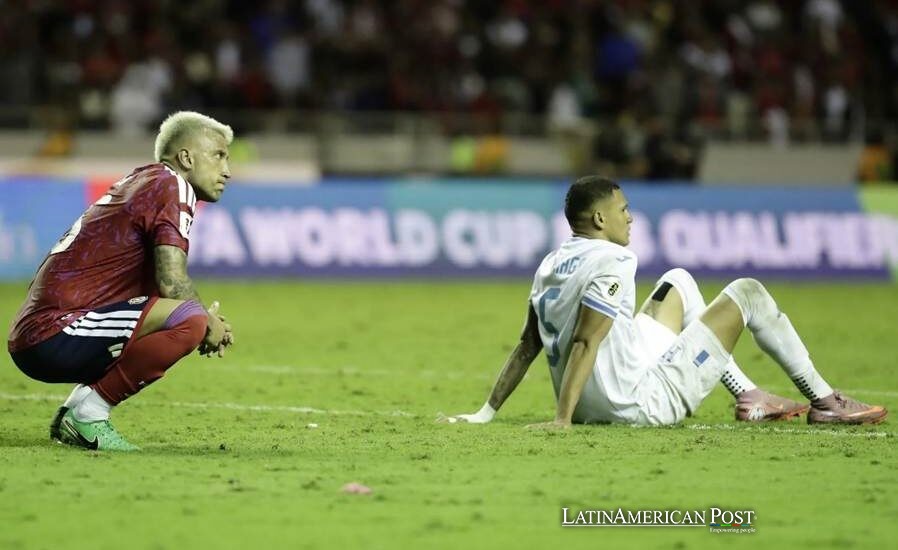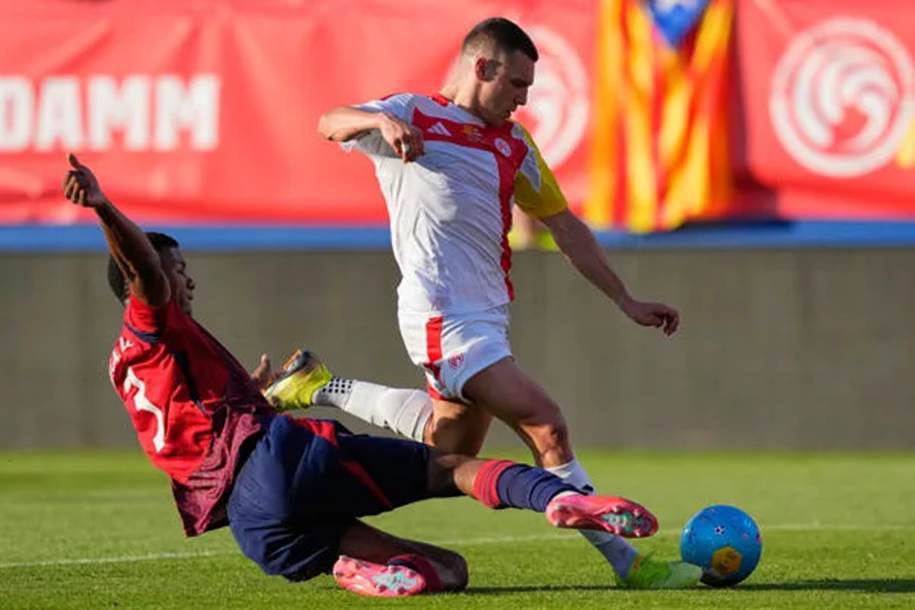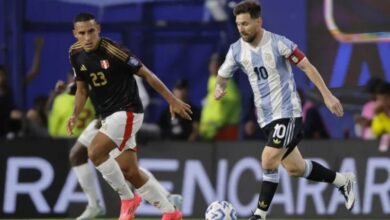Central America’s Broken World Cup Dream And Panama’s Lonely Ticket

The 2026 World Cup was supposed to be Central America’s big moment: expanded slots, absent regional giants, and a road that suddenly looked less crowded. Instead, qualifying turned into a slow-motion collapse, and Panama will march into the 48-team tournament alone, carrying a dream meant to be shared.
Central America’s Big Bet Meets Caribbean Reality
When FIFA confirmed that the 2026 World Cup in the United States, Mexico, and Canada would grow to 48 teams, the calculators across Central America lit up. With the three Concacaf powerhouses automatically qualified as hosts and therefore absent from the qualifiers, the region saw an opening that might not come again for decades.
Federations quietly drew up targets. The idea, as reported by EFE, was daring but not absurd: get at least two Central American teams into the World Cup directly and sneak another two into the intercontinental playoff. Without the usual gravitational pull of the United States and Mexico in qualifying, the dream felt attainable.
But football has a way of punishing wishful thinking. While Central America stumbled, the Caribbean seized the moment. As the qualifiers rolled on, the story flipped. Instead of a historic Central American bloc, it was the islands that wrote history: Curaçao qualified for a World Cup for the first time, Haiti returned after fifty-four years, and Jamaica and Suriname grabbed tickets to the intercontinental playoff.
Central America’s fantasy of a regional showcase gave way to something harsher, a reminder that expanded formats guarantee nothing if the performances on the pitch do not follow.
Costa Rica And Honduras Crash Out In Familiar Fashion
Nowhere did the disappointment cut deeper than in Costa Rica, the region’s traditional World Cup standard-bearer. With six past appearances and three consecutive tournaments under their belt, the Ticos saw 2026 as a chance to reaffirm their status just as a new generation arrived. Instead, they endured one of the worst qualifying campaigns anyone in the country can remember.
Led by Mexican coach Miguel Herrera, Costa Rica was drawn into a group with Haiti, Honduras, and Nicaragua. On paper, they were the favorites to at least reach the playoffs. On the field, they won only one match. Not even the emergency recall of veterans Keylor Navas, Celso Borges, Joel Campbell, and Kendall Waston could salvage the situation. They were brought back, according to EFE’s account, to steady a young squad in crisis. What followed instead was a campaign that seemed to confirm that Costa Rica’s golden cycle had finally run out of miracles. The Costa Rican Football Federation ended its partnership with Herrera after the national team missed out on the 2026 World Cup.
Neighboring Honduras fared little better. With three World Cups in their history, the Catrachos were desperate to return to the biggest stage after missing the previous two editions. To do that, they turned to a familiar figure: Colombian coach Reinaldo Rueda, the same man who had guided them to South Africa 2010. It felt like a safe bet, a nostalgic attempt to replay a previously successful script.
This time, the formula failed. Honduras’ campaign stumbled on an unprecedented defeat to Nicaragua and two goalless draws against Costa Rica. Those dropped points proved fatal. Rueda’s second era ended not with a revival, but with the sense that the region’s old solutions were no match for new realities.

Panama’s Patience Pays Off At Last
If the rest of Central America’s qualifiers were about panic and improvisation, Panama chose a different path. After missing out on the 2022 World Cup in Qatar, the pressure on Danish coach Thomas Christiansen was intense. Criticism mounted, and in a region where coaches are often treated like disposable parts, it would have been easy for the federation to pull the plug.
Instead, they did something unusual for Central American football: they stuck with the process. They gave Christiansen time, continuity, and trust, a long-term project almost out of place in a landscape of quick fixes. According to EFE, that patience became Panama’s greatest weapon.
The reward was emphatic. Panama not only qualified directly for the 2026 World Cup, the second in their history, but did so undefeated and as group leaders. They finished above Suriname, Guatemala, and El Salvador, combining a talented generation with a clear identity on the pitch. What had once looked like stubbornness on the part of the federation suddenly appeared visionary.
Panama will now carry the Central American flag alone in 2026, a situation unimaginable when qualifying began. Their presence underscores a blunt truth: in a chaotic cycle, they were the only regional side able to marry ambition with stability.
Guatemala, El Salvador, And Nicaragua Chase A Vanishing Dream
For Guatemala and Nicaragua, 2026 represented the most realistic shot at a first-ever World Cup appearance. For El Salvador, it was a chance to end a dry spell stretching back to their two tournaments in 1970 and 1982. All three fell short, but the manner of their failures tells its own story.
Guatemala, under Mexican coach Luis Fernando Tena, came agonizingly close. The path was clear: win their last two home matches against Panama and Suriname, and the ticket would be theirs. But when Panama arrived in Guatemala City, they were ruthless. The loss against the Panamanians condemned the Chapines, turning their home into the place where the dream died.
Guatemala did beat Suriname on the final matchday, sending the Caribbean side to the intercontinental playoff. Still, it felt like a consolation prize handed out in a stadium that had been prepared for a celebration, only to find itself calculating what went wrong. Panama, by defeating El Salvador, secured direct qualification and left Guatemala to wonder how a campaign that had seemed so promising ended with them watching yet another World Cup from home.
El Salvador’s own journey was no less painful. Coached by Colombian Hernán Darío Gómez, they finished bottom of Group A, unable to recapture even a flicker of the old pride that once took them to the global stage. For a fan base steeped in nostalgia, the final standings were a harsh verdict on how far the team has slipped from its historic peaks.
Nicaragua, led by Chilean manager Marco Antonio Figueroa, at least left qualifying with a different kind of story. For the first time, they reached a final round of World Cup qualifiers, a milestone in itself. And they did more than make up the numbers. Nicaragua stunned Honduras with a painful defeat and held Costa Rica to a draw, landing heavy blows on neighbors who had long viewed them as easy points.
In the end, Nicaragua still fell short of qualifying for the World Cup, but its run hinted at a changing map. The traditional hierarchy of Central American football looked less rigid, more fragile. The old powers stumbled. The underdogs bit back. And when the dust settled, only Panama was left standing on the road to 2026.
For Central America, the expanded World Cup will now feel like a missed train. The region that dreamed of sending a caravan of teams will instead send a single, determined passenger. Panama will walk into stadiums in the United States, Mexico, and Canada knowing they are not just playing for themselves, but for a region that believed this would be its moment and watched, little by little, as that belief dissolved.
Also Read: James Rodríguez: Colombia’s Reluctant Nomad Still Searching for a Final Home





